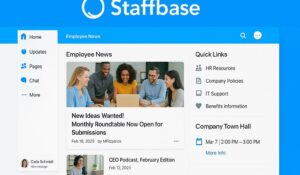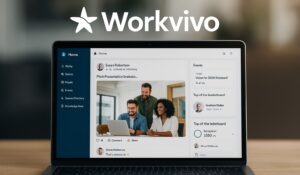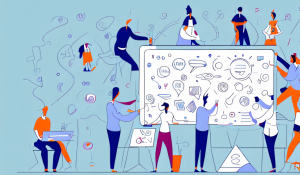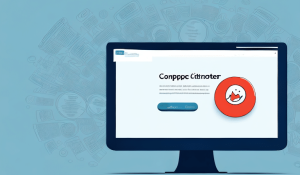Employee engagement is the secret ingredient to a energetic workplace. But how do you keep your team inspired, motivated, and invested? When teams are actively involved and motivated, productivity soars, and job satisfaction improves. That’s why it’s essential to implement strategies that effectively enhance employee engagement. From recognizing achievements to fostering open communication, the possibilities are endless.
This blog post will dive into 20 innovative ways to enhance employee engagement, whether you’re a small startup or a large corporation, these actionable strategies can be tailored to fit your organization’s unique needs. Get ready to transform your workplace into a hub of inspiration and collaboration!
Here are the different ways to enhance employee engagement within an organization, covering a broad spectrum of activities and strategies:
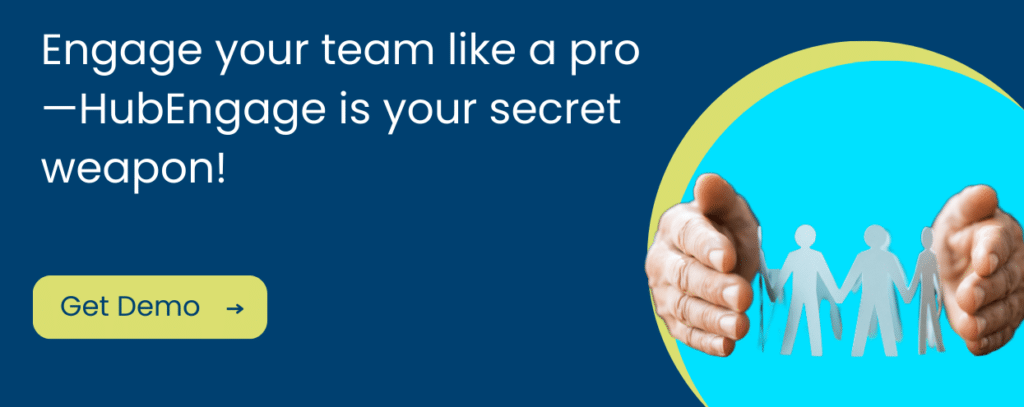
1. Surveys and Feedback
- Pulse Surveys: Regular, quick surveys to gauge employee mood and satisfaction.
- 360-Degree Feedback: Collect feedback from peers, subordinates, and managers for a well-rounded view.
- Exit Interviews: Understand why employees leave and improve retention strategies.
2. Social Intranet Channels
- Internal Social Networks: Encourage employees to share ideas, stories, and successes.
- Interest Groups: Create channels for hobbies like photography, sports, or book clubs.
3. Recognition and Rewards
- Peer-to-Peer Recognition: Allow employees to recognize each other’s efforts.
- Employee of the Month: Highlight outstanding contributions regularly.
- Instant Recognition: Use platforms that allow quick shout-outs for small wins.
- Spot Bonuses: Award small, spontaneous bonuses for exceptional work or going above and beyond in a task.
- Public Acknowledgment: Recognize employees in meetings, newsletters, or company-wide emails to publicly celebrate their achievements.
- Milestone Celebration: Celebrate work anniversaries or personal milestones with special gifts or recognition ceremonies.
4. Personal Development
- Training Workshops: Offer skill-building workshops relevant to employees’ roles.
- Online Courses: Provide access to platforms like Coursera or LinkedIn Learning.
- Mentorship Programs: Pair employees with mentors for career guidance.
5. Career Growth Opportunities
- Job Rotation: Allow employees to work in different departments to broaden their skills.
- Promotion Pathways: Clearly define paths for promotion and career advancement.
- Internal Mobility: Encourage applying for new roles within the organization.
6. Health and Wellness Programs
- Fitness Challenges: Organize step challenges or team sports events.
- Mental Health Support: Offer access to counselors or mental health apps like Calm or Headspace.
- Healthy Snacks: Provide healthy snack options in the office.
7. Work-Life Balance Initiatives
- Flexible Working Hours: Allow employees to adjust their schedules to fit their personal needs.
- Remote Work Options: Provide opportunities to work from home or remotely.
- Paid Time Off (PTO): Encourage employees to use their vacation days and offer additional PTO for special occasions.
8. Office Activities and Events
- Team Building Exercises: Host regular team-building activities to foster collaboration.
- Office Celebrations: Celebrate birthdays, anniversaries, and holidays together.
- Lunch-and-Learn Sessions: Provide lunch while employees learn about new topics.
9. Effective Communication
- Open-Door Policy: Encourage open communication between employees and leadership.
- Town Hall Meetings: Regularly update employees on company progress and future plans.
- Suggestion Box: Allow anonymous suggestions to improve workplace conditions.
10. Diversity and Inclusion Initiatives
- Diversity Training: Educate employees on the importance of diversity and inclusion.
- Inclusive Policies: Develop policies that ensure fair treatment for all employees.
- Cultural Celebrations: Celebrate different cultures and traditions within the workplace.
11. Employee Resource Groups (ERGs)
- Affinity Groups: Create groups for employees with shared interests or backgrounds.
- Support Networks: Offer networks for underrepresented groups within the organization.
12. Corporate Social Responsibility (CSR)
- Volunteer Programs: Encourage employees to participate in community service.
- Sustainability Initiatives: Engage employees in sustainability efforts, such as recycling programs.
- Charity Events: Organize charity runs or fundraising events.
13. Innovation and Idea Sharing
- Innovation Challenges: Host competitions where employees can present innovative ideas.
- Hackathons: Organize hackathons to solve company challenges or explore new technologies.
- Idea Boards: Use physical or digital boards where employees can submit and vote on ideas.
14. Employee Autonomy
- Project Ownership: Allow employees to take full ownership of projects.
- Flexible Workstations: Let employees choose where they work within the office.
- Decision-Making Authority: Empower employees to make decisions in their roles.
15. Onboarding and Orientation
- Buddy System: Pair new hires with seasoned employees to ease their transition.
- Comprehensive Onboarding Programs: Create engaging onboarding experiences that introduce new hires to the company culture.
- Welcome Kits: Provide new employees with branded company merchandise and essential tools.
16. Employee Surveys and Feedback Mechanisms
- Engagement Surveys: Measure how engaged employees feel at work.
- Suggestion Programs: Implement platforms for employees to provide ongoing suggestions.
- Employee Focus Groups: Gather small groups to discuss workplace issues and improvements.
17. Employee Wellness Programs
- Stress Management Workshops: Teach techniques to manage workplace stress.
- Health Screenings: Offer free or subsidized health check-ups.
- Yoga and Meditation Sessions: Provide in-office or virtual sessions.


